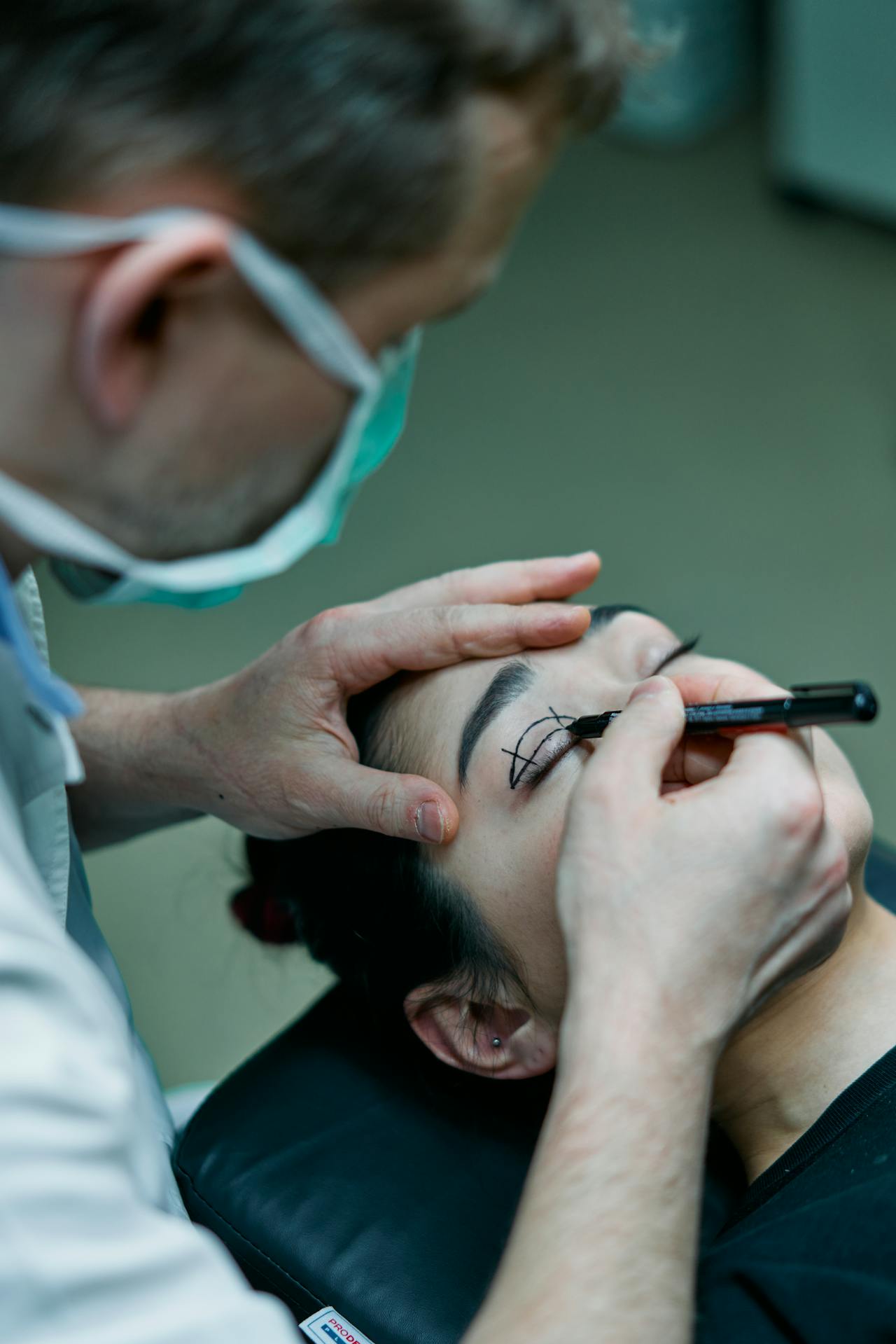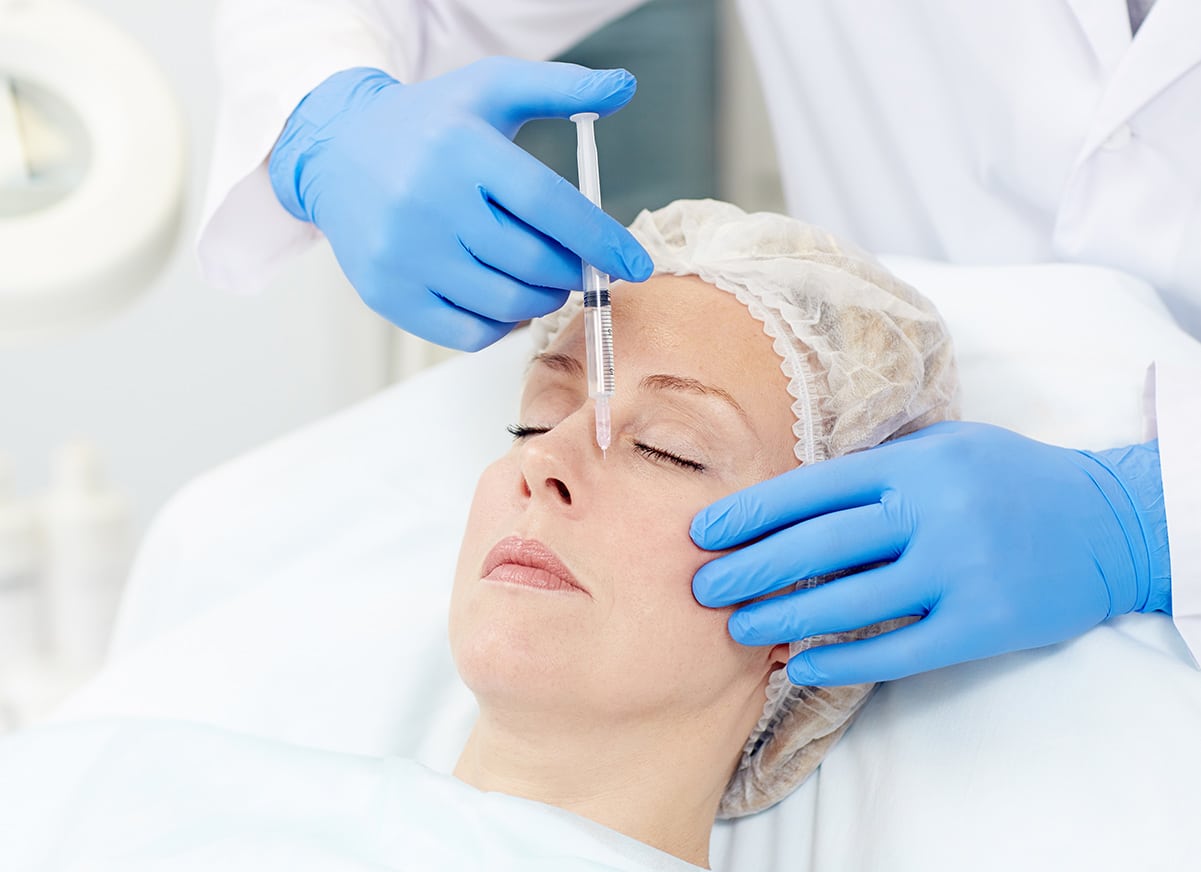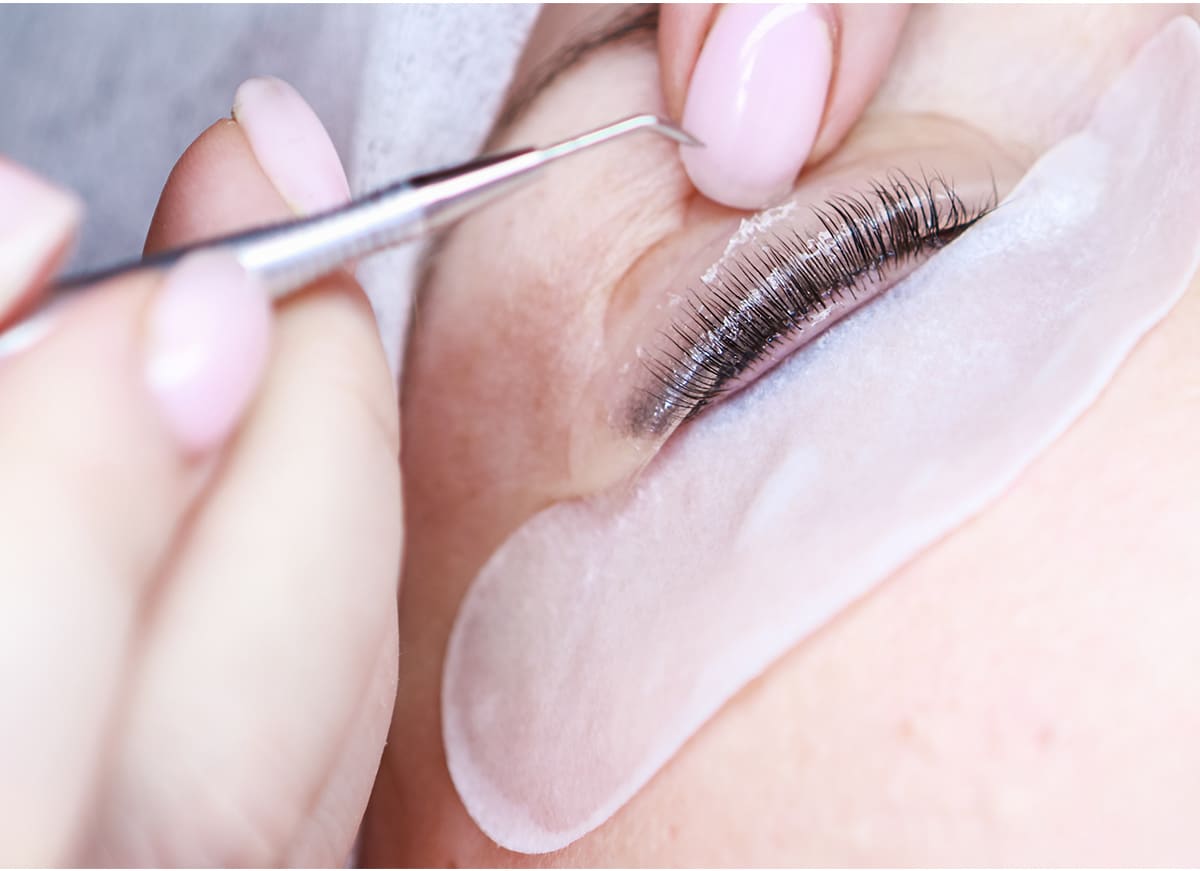

Before the procedure begins, anesthesia is administered to help you relax and remain pain-free during surgery. There are mainly two methods of administering anesthesia.
Once anesthesia has taken effect, your surgeon will begin by making carefully planned incisions. These are placed in natural creases or hidden areas to minimize visible scarring. There are two primary techniques used depending on the patient’s needs.
A patient may receive a combination of the above (e.g., upper lid and transconjunctival lower lid surgery), depending on their unique anatomy and goals.
Once the incisions are made, your surgeon begins sculpting the eyelid area for both functional improvement and cosmetic balance. This step is where the most visible transformation happens.
The surgeon removes or repositions excess fat deposits that cause puffiness or bulging. This helps smooth out the contour of the eyelid. Loose, sagging skin is also carefully trimmed to reduce heaviness and refresh the appearance. This is especially important when drooping skin affects your vision.
Underlying muscles and connective tissue may be gently tightened to support the new eyelid shape. This creates longer-lasting and more natural results.
In some cases, additional treatments like fat transfer or injectable fillers may be used to fill in hollow areas or restore lost volume. Patients considering other procedures, such as implants for vision improvement can often discuss combining them with eyelid surgery for comprehensive care.
After adjustments are complete, the surgeon closes the incisions with precision to minimize scarring and aid healing. Incisions are sealed with fine sutures or surgical glue, depending on the technique and your skin type.
Sutures are usually removed within a week at a quick, low‑discomfort follow-up visit. Laser treatments or chemical peels may also be suggested during recovery to improve skin tone or texture, similar to how other eye surgery aftercare strategies help to enhance healing.





